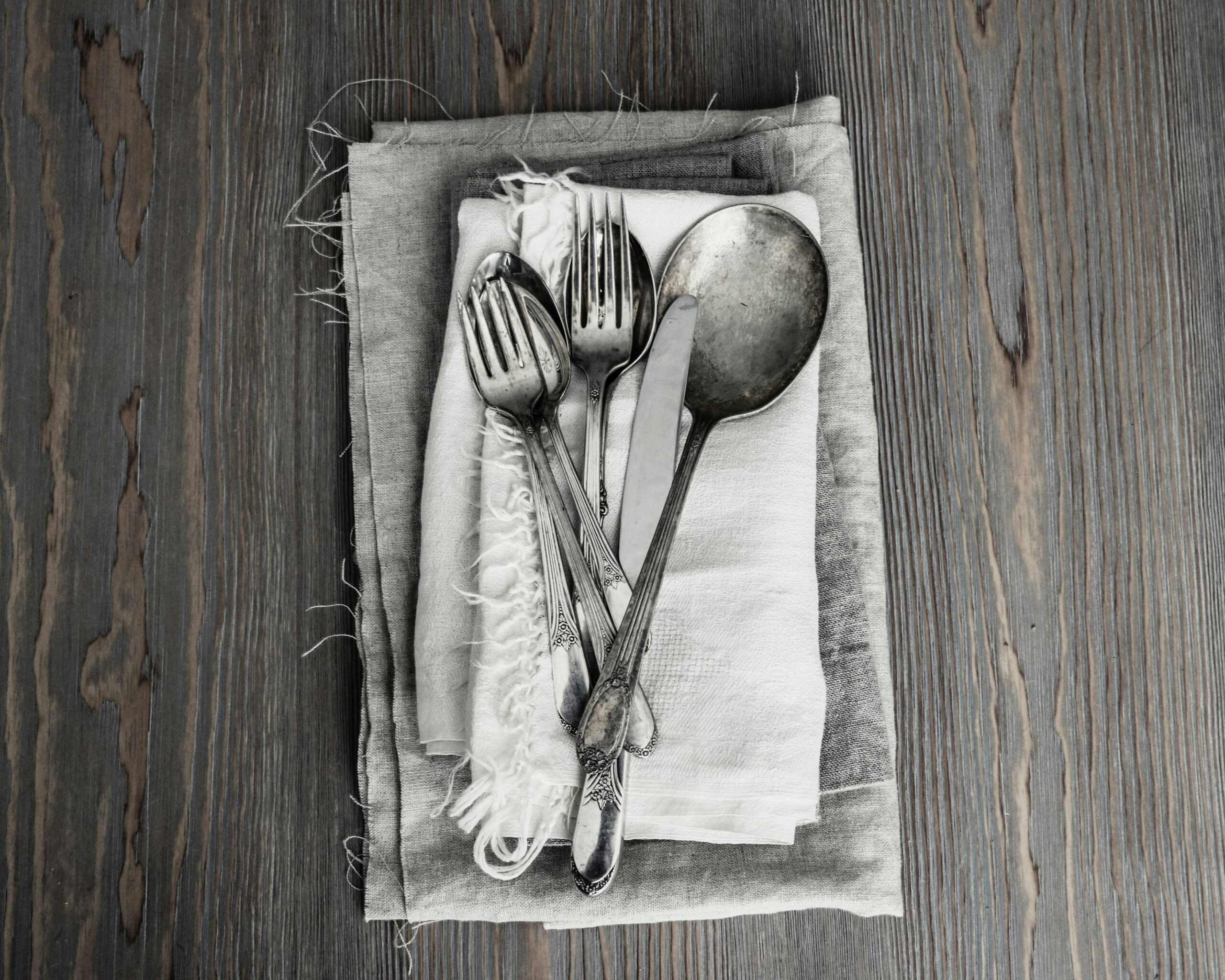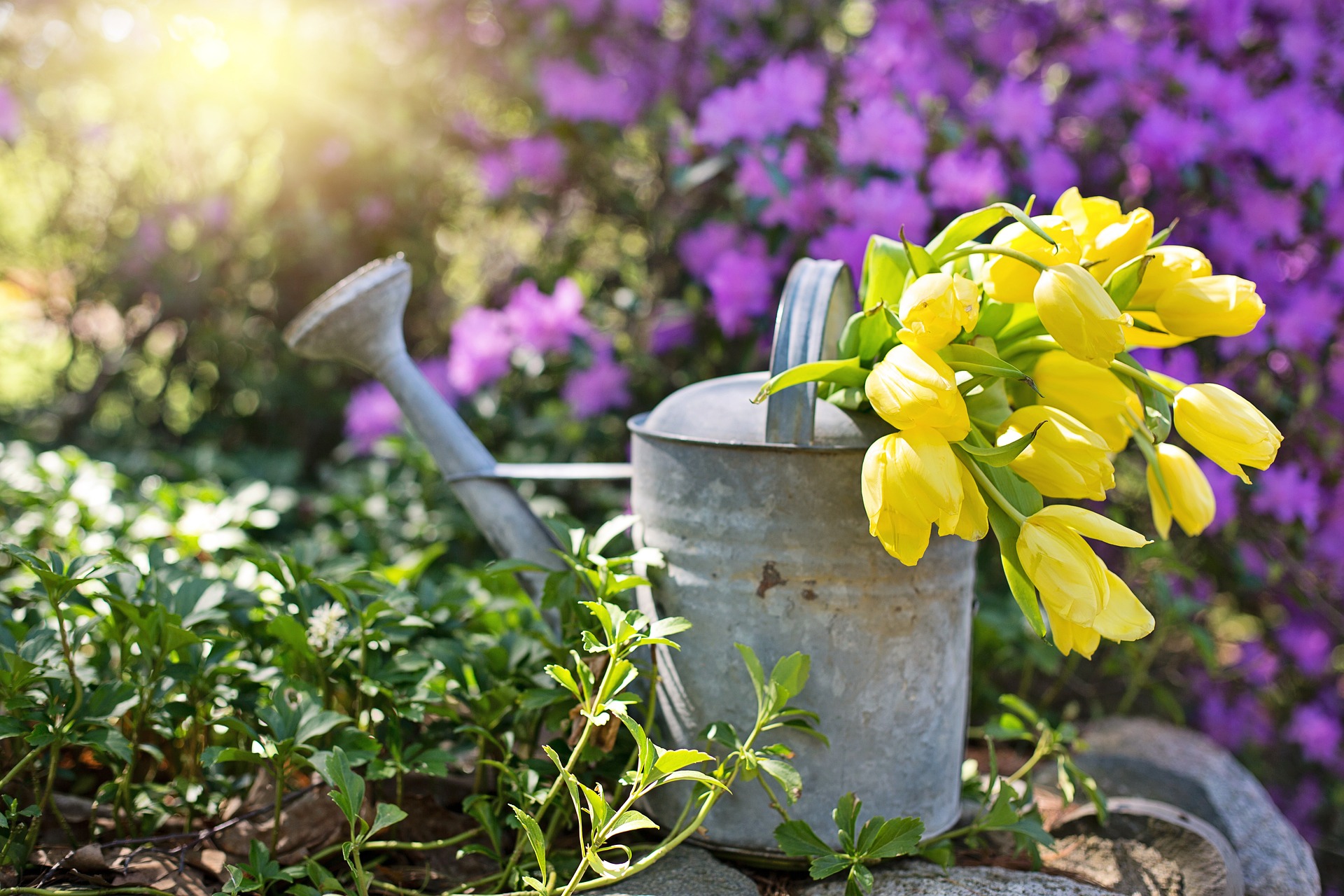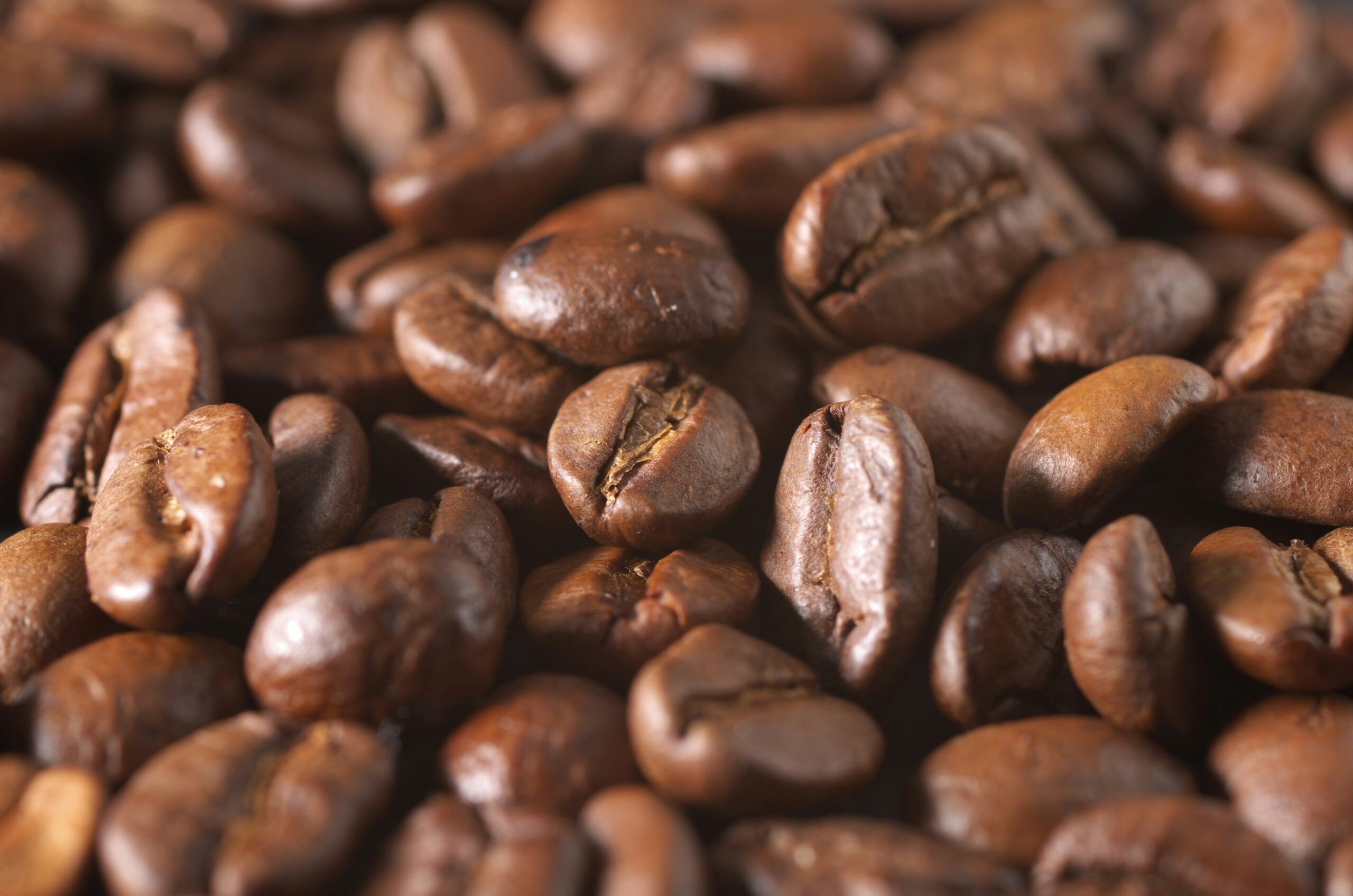Silver is a timeless metal, cherished for its beauty and versatility in various forms, from jewelry and flatware to decorative pieces and coins. However, silver is prone to tarnish, which can diminish its luster and appeal. Regular cleaning and polishing are essential to maintain the brilliance and value of your silver items. This comprehensive guide covers everything you need to know about cleaning and polishing silver, from understanding the causes of tarnish to choosing the right products and techniques for different types of silver items. By following these guidelines, you can keep your silver looking as stunning as the day you acquired it.
Understanding Tarnish
What is Tarnish?
Tarnish is a thin layer of corrosion that forms on the surface of silver when it reacts with sulfur-containing substances in the air or other environmental factors. This reaction creates silver sulfide, which appears as a dark discoloration on the silver surface.
Causes of Tarnish
- Exposure to Air: Silver tarnishes when exposed to air and humidity, especially in areas with high sulfur content.
- Contact with Certain Materials: Items like rubber, latex, wool, and certain foods (e.g., eggs, onions) can cause silver to tarnish more quickly.
- Skin Oils and Cosmetics: Oils from your skin, as well as lotions, perfumes, and cosmetics, can accelerate tarnishing.
- Improper Storage: Storing silver in humid or unprotected environments can lead to faster tarnishing.
Types of Silver
1. Sterling Silver:
- Composition: 92.5% silver and 7.5% other metals, usually copper.
- Characteristics: Durable, prone to tarnish over time.
2. Fine Silver:
- Composition: 99.9% pure silver.
- Characteristics: Softer than sterling silver, less prone to tarnish but still requires regular care.
3. Silver Plate:
- Composition: A thin layer of silver plated over a base metal, such as copper or brass.
- Characteristics: More affordable, requires careful cleaning to avoid wearing away the silver layer.
4. Coin Silver:
- Composition: Historically made from melted coins, typically containing 90% silver.
- Characteristics: Durable, often used in antique pieces.
Basic Cleaning Methods
1. Mild Soap and Water
Steps:
- Fill a bowl with warm water and add a few drops of mild dish soap.
- Soak the silver item for 5-10 minutes.
- Use a soft cloth or sponge to gently clean the surface.
- Rinse thoroughly with clean water.
- Dry with a soft, lint-free cloth to prevent water spots.
2. Baking Soda and Water
Steps:
- Mix three parts baking soda with one part water to form a paste.
- Apply the paste to the tarnished areas using a soft cloth.
- Gently rub the paste into the silver, paying attention to intricate details.
- Rinse thoroughly with warm water.
- Dry with a soft, lint-free cloth.
3. Aluminum Foil and Baking Soda Bath
Steps:
- Line a bowl with aluminum foil, shiny side up.
- Add hot water, one tablespoon of baking soda, and one tablespoon of salt.
- Submerge the silver item in the solution, ensuring it touches the foil.
- Soak for 2-5 minutes, or until tarnish is removed.
- Rinse thoroughly with warm water.
- Dry with a soft, lint-free cloth.
4. Vinegar and Baking Soda
Steps:
- Fill a bowl with half a cup of white vinegar and two tablespoons of baking soda.
- Soak the silver item in the solution for 2-3 hours.
- Rinse thoroughly with warm water.
- Dry with a soft, lint-free cloth.
Advanced Cleaning Methods
1. Commercial Silver Cleaners
Steps:
- Choose a commercial silver cleaner designed for the type of silver you are cleaning.
- Follow the manufacturer’s instructions carefully.
- Use a soft cloth or sponge to apply the cleaner.
- Rinse thoroughly with warm water.
- Dry with a soft, lint-free cloth.
2. Electrolytic Cleaning
Steps:
- Line a non-metallic container with aluminum foil.
- Add hot water, baking soda, and salt to the container.
- Submerge the silver item, ensuring it touches the foil.
- Leave for a few minutes, or until tarnish is removed.
- Rinse thoroughly with warm water.
- Dry with a soft, lint-free cloth.
3. Ultrasonic Cleaners
Steps:
- Fill the ultrasonic cleaner with water and a small amount of mild detergent.
- Place the silver item in the cleaner’s basket.
- Follow the manufacturer’s instructions for cleaning time and settings.
- Rinse thoroughly with warm water.
- Dry with a soft, lint-free cloth.
Polishing Silver
1. Choosing the Right Polish
Select a silver polish that is safe for the type of silver you are polishing. Avoid abrasive polishes that can scratch the surface.
2. How to Polish Silver
Steps:
- Apply a small amount of silver polish to a soft cloth.
- Rub the polish onto the silver in a circular motion.
- Allow the polish to dry to a haze.
- Buff the silver with a clean, soft cloth to reveal a shine.
- For intricate designs, use a soft-bristle toothbrush to apply and buff the polish.
3. Preventing Over-Polishing
Avoid over-polishing, especially with silver-plated items, as it can wear away the silver layer. Polish only when necessary to maintain the shine.
Cleaning Specific Silver Items
1. Silver Jewelry
Steps:
- Use a mild soap and water solution for regular cleaning.
- For heavy tarnish, use a baking soda paste or commercial silver cleaner.
- Rinse thoroughly and dry with a soft cloth.
- Store in anti-tarnish pouches to prevent tarnishing.
2. Silver Flatware
Steps:
- Clean flatware after each use with mild soap and water.
- For tarnish, use a baking soda paste or aluminum foil and baking soda bath.
- Rinse thoroughly and dry with a soft cloth.
- Store in a flatware chest or wrap in anti-tarnish cloths.
3. Silver Coins
Steps:
- Handle coins with gloves to avoid oils from your skin.
- Soak in warm, soapy water for a few minutes.
- Gently rub with a soft cloth or sponge.
- Rinse thoroughly and pat dry with a soft cloth.
- Avoid abrasive cleaning methods to preserve the coin’s value.
4. Silver Decorative Pieces
Steps:
- Dust regularly with a soft cloth.
- Use a mild soap and water solution for light cleaning.
- For tarnish, use a commercial silver cleaner or baking soda paste.
- Rinse thoroughly and dry with a soft cloth.
- Display in areas with low humidity to prevent tarnishing.
Preventing Tarnish
1. Proper Storage
- Store silver in a cool, dry place.
- Use anti-tarnish strips or silica gel packets in storage containers.
- Store jewelry in anti-tarnish pouches or lined jewelry boxes.
- Wrap silverware in anti-tarnish cloths or store in a flatware chest.
2. Regular Cleaning
- Clean silver regularly to prevent tarnish from building up.
- Use mild cleaning methods for routine maintenance.
- Polish only when necessary to maintain the shine.
3. Avoid Contact with Tarnish-Causing Substances
- Avoid exposure to foods containing sulfur (e.g., eggs, onions).
- Remove silver jewelry before swimming or using lotions and perfumes.
- Store silver away from rubber, latex, and wool.
DIY vs. Professional Cleaning
DIY Cleaning:
Pros:
- Cost-effective.
- Convenient and can be done at home.
- Allows for regular maintenance.
Cons:
- Risk of damage if not done correctly.
- May not be suitable for heavily tarnished or valuable items.
Professional Cleaning:
Pros:
- Thorough and professional results.
- Suitable for valuable or delicate items.
- Includes repair and maintenance services.
Cons:
- More expensive.
- Requires finding a reputable jeweler or cleaner.
Eco-Friendly Cleaning Methods
1. Baking Soda and Vinegar
- Use natural ingredients like baking soda and vinegar for cleaning.
- Avoid harsh chemicals that can harm the environment.
2. Lemon Juice and Olive Oil
Steps:
- Mix lemon juice with a few drops of olive oil.
- Apply the mixture to the silver with a soft cloth.
- Rinse thoroughly and dry with a soft cloth.
3. Cornstarch Paste
Steps:
- Mix cornstarch with water to form a paste.
- Apply the paste to the silver with a soft cloth.
- Allow it to dry, then buff with a clean cloth.
Maintaining Silver’s Shine
1. Regular Dusting
- Dust silver items regularly with a soft cloth to prevent tarnish.
2. Avoid Moisture
- Keep silver dry to prevent tarnish. Use silica gel packets in storage areas.
3. Wear Jewelry Regularly
- Wearing silver jewelry regularly can help prevent tarnish, as the friction from wearing helps keep it clean.
Handling Antique and Valuable Silver
1. Handle with Care
- Handle antique and valuable silver with gloves to avoid oils from your skin.
2. Avoid Abrasive Cleaners
- Use gentle cleaning methods to preserve the item’s value and patina.
3. Seek Professional Help
- For valuable items, consider professional cleaning and appraisal services.
Special Considerations for Silver-Plated Items
1. Gentle Cleaning
- Use mild cleaning methods to avoid wearing away the silver layer.
2. Avoid Abrasive Polishes
- Avoid abrasive polishes that can scratch the silver plating.
3. Regular Maintenance
- Regularly clean and polish to maintain the shine and prevent tarnish.
Safety Tips for Cleaning Silver
1. Use Gloves
- Wear gloves to protect your hands from chemicals and to avoid transferring oils to the silver.
2. Work in a Well-Ventilated Area
- Use cleaning products in a well-ventilated area to avoid inhaling fumes.
3. Follow Manufacturer’s Instructions
- Always follow the manufacturer’s instructions when using commercial silver cleaners.
FAQs on Cleaning and Polishing Silver
What causes silver to tarnish?
Silver tarnishes due to a chemical reaction between the silver and sulfur-containing substances in the air, forming silver sulfide, which appears as a dark discoloration on the surface.
How often should I clean my silver?
Clean your silver regularly, ideally every few months, to prevent tarnish from building up. For items that are frequently used, such as jewelry and flatware, clean them after each use to maintain their shine.
What is the safest way to clean silver?
The safest way to clean silver is with mild soap and warm water. Gently scrub with a soft cloth or sponge, rinse thoroughly, and dry with a lint-free cloth.
Can I use baking soda to clean silver?
Yes, baking soda is effective for cleaning silver. Mix three parts baking soda with one part water to form a paste, apply it with a soft cloth, gently rub, rinse thoroughly, and dry.
How do I use an aluminum foil and baking soda bath to clean silver?
Line a bowl with aluminum foil, shiny side up, add hot water, one tablespoon of baking soda, and one tablespoon of salt. Submerge the silver item, ensuring it touches the foil, soak for 2-5 minutes, rinse thoroughly, and dry with a soft cloth.
Is vinegar safe to use on silver?
Yes, vinegar is safe for cleaning silver. Mix half a cup of white vinegar with two tablespoons of baking soda, soak the silver item for 2-3 hours, rinse thoroughly, and dry with a soft cloth.
How do I prevent my silver from tarnishing?
Store silver in a cool, dry place, use anti-tarnish strips or silica gel packets in storage containers, and avoid exposure to tarnish-causing substances like rubber, latex, wool, and certain foods.
What is the best way to polish silver?
Use a silver polish that is safe for your type of silver. Apply a small amount to a soft cloth, rub in a circular motion, let it dry to a haze, then buff with a clean, soft cloth to reveal the shine.
Can I clean silver with toothpaste?
No, toothpaste is too abrasive for silver and can cause scratches. It’s better to use a gentle cleaner like mild soap and water or a commercial silver polish.
How do I clean silver jewelry?
Use a mild soap and water solution for regular cleaning. For heavy tarnish, use a baking soda paste or commercial silver cleaner, rinse thoroughly, dry with a soft cloth, and store in anti-tarnish pouches.
How do I clean silver flatware?
Clean flatware after each use with mild soap and water. For tarnish, use a baking soda paste or aluminum foil and baking soda bath, rinse thoroughly, dry with a soft cloth, and store in a flatware chest or anti-tarnish cloths.
How do I clean silver coins?
Handle coins with gloves, soak in warm, soapy water for a few minutes, gently rub with a soft cloth or sponge, rinse thoroughly, pat dry with a soft cloth, and avoid abrasive cleaning methods to preserve the coin’s value.
How do I clean silver decorative pieces?
Dust regularly with a soft cloth, use a mild soap and water solution for light cleaning, for tarnish, use a commercial silver cleaner or baking soda paste, rinse thoroughly, dry with a soft cloth, and display in areas with low humidity.
Are commercial silver cleaners safe?
Yes, commercial silver cleaners are safe if used according to the manufacturer’s instructions. They are formulated to remove tarnish without damaging the silver.
Can I use an ultrasonic cleaner for silver?
Yes, ultrasonic cleaners are effective for silver. Fill with water and a mild detergent, place the silver item in the basket, follow the manufacturer’s instructions for cleaning time and settings, rinse thoroughly, and dry with a soft cloth.
What is electrolytic cleaning for silver?
Electrolytic cleaning involves lining a non-metallic container with aluminum foil, adding hot water, baking soda, and salt, submerging the silver item (ensuring it touches the foil), leaving it for a few minutes until tarnish is removed, rinsing thoroughly, and drying with a soft cloth.
How do I clean silver-plated items?
Use mild cleaning methods to avoid wearing away the silver layer. Use a mild soap and water solution for regular cleaning, a baking soda paste for tarnish, and avoid abrasive polishes.
How do I prevent silver from tarnishing during storage?
Store silver in a cool, dry place, use anti-tarnish strips or silica gel packets in storage containers, store jewelry in anti-tarnish pouches or lined jewelry boxes, and wrap silverware in anti-tarnish cloths or store in a flatware chest.
Can I use lemon juice to clean silver?
Lemon juice can be used for cleaning silver, but it is acidic and can be harsh. A safer method is to mix lemon juice with a few drops of olive oil, apply with a soft cloth, rinse thoroughly, and dry with a soft cloth.
How do I clean antique silver?
Handle antique silver with gloves, use gentle cleaning methods to preserve its value and patina, use a mild soap and water solution for light cleaning, a baking soda paste or commercial silver cleaner for tarnish, rinse thoroughly, dry with a soft cloth, and consider professional cleaning for valuable items.
How do I store silver jewelry?
Store silver jewelry in anti-tarnish pouches or lined jewelry boxes to protect it from tarnish and damage. Keep it in a cool, dry place, and avoid exposure to moisture and tarnish-causing substances.
How do I clean intricate silver designs?
Use a soft-bristle toothbrush and mild soapy water to clean intricate designs. Gently scrub to remove dirt, rinse thoroughly, and dry with a soft cloth.
What are eco-friendly methods for cleaning silver?
Use natural ingredients like baking soda, vinegar, lemon juice, and cornstarch for cleaning silver. Avoid harsh chemicals that can harm the environment.
How do I clean silverware with gold accents?
Use a mild soap and water solution for regular cleaning, avoid abrasive cleaners, for tarnish, use a gentle commercial silver cleaner, rinse thoroughly, and dry with a soft cloth.
How do I remove stubborn tarnish from silver?
For stubborn tarnish, use a commercial silver cleaner, baking soda paste, or aluminum foil and baking soda bath. Repeat the process if necessary, and avoid abrasive methods that can damage the silver.
How do I clean silver picture frames?
Dust regularly with a soft cloth, use a mild soap and water solution for light cleaning, for tarnish, use a baking soda paste or commercial silver cleaner, rinse thoroughly, dry with a soft cloth, and display in areas with low humidity.
How do I clean and polish silver trophies?
Dust regularly with a soft cloth, use a mild soap and water solution for light cleaning, for tarnish, use a baking soda paste or commercial silver cleaner, rinse thoroughly, dry with a soft cloth, and polish with a silver polish to maintain the shine.
How do I clean silver candlesticks?
Remove wax residue by placing the candlesticks in the freezer for a few hours, then gently chip off the wax. Clean with a mild soap and water solution, for tarnish, use a baking soda paste or commercial silver cleaner, rinse thoroughly, and dry with a soft cloth.
How do I maintain the shine of silver?
Dust regularly with a soft cloth, use mild cleaning methods for regular maintenance, avoid exposure to tarnish-causing substances, store in a cool, dry place, and polish only when necessary to maintain the shine.
When should I seek professional cleaning for silver?
Seek professional cleaning for valuable or heavily tarnished items, antique silver, or when you are unsure about the best cleaning method to use. Professional cleaners have the expertise and tools to safely and effectively clean and maintain your silver.
Conclusion
Proper cleaning and polishing of silver are essential for maintaining its beauty and value. By understanding the causes of tarnish and using the right cleaning methods and products, you can keep your silver items looking their best.
Whether you choose DIY methods or professional services, the key is regular maintenance and careful handling. With the comprehensive guidelines provided in this guide, you can ensure your silver remains stunning and cherished for generations to come.


